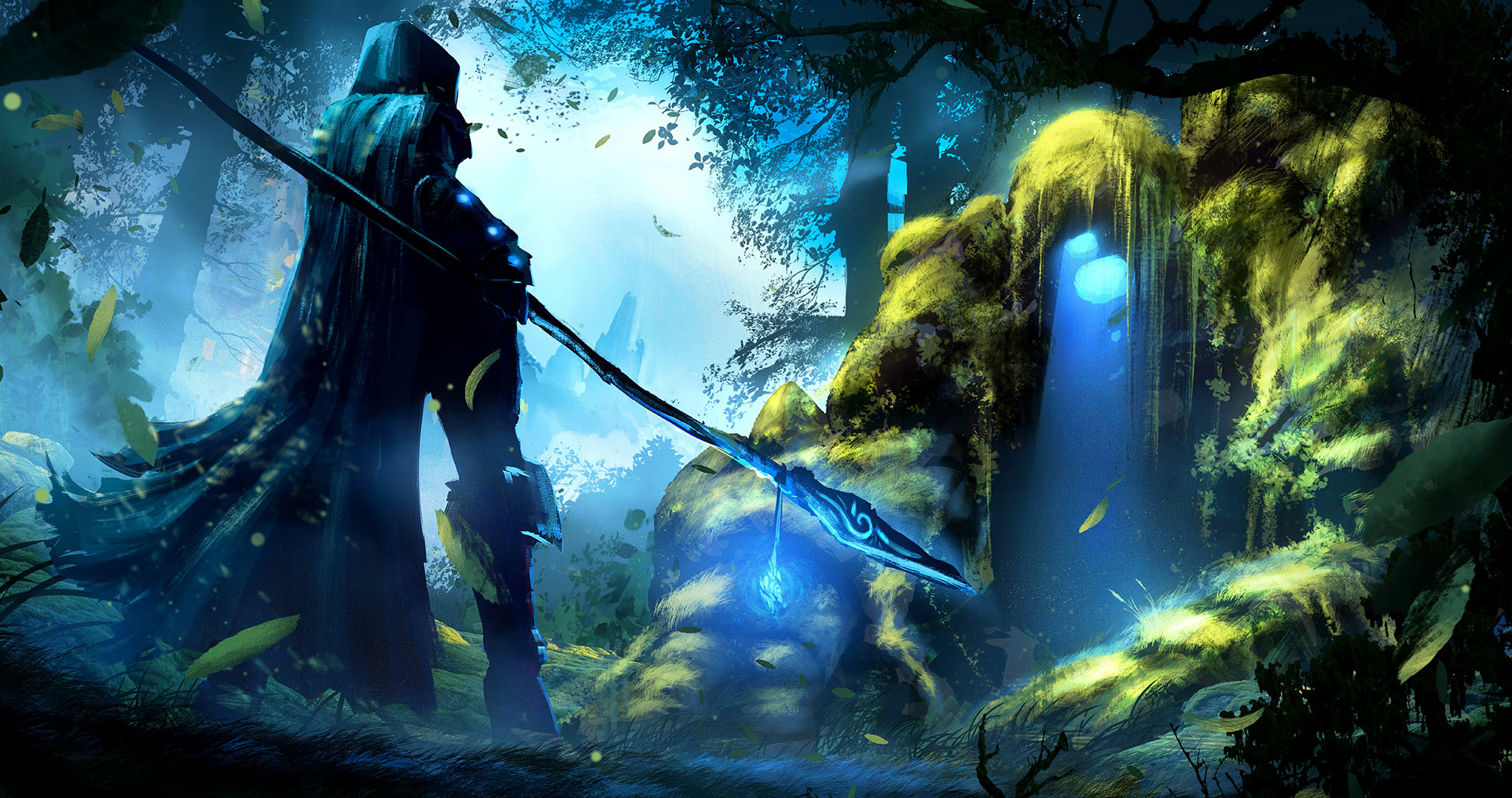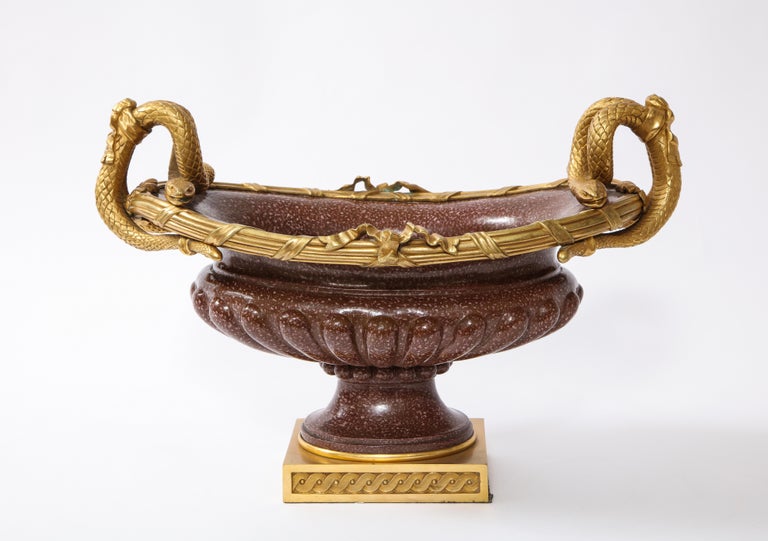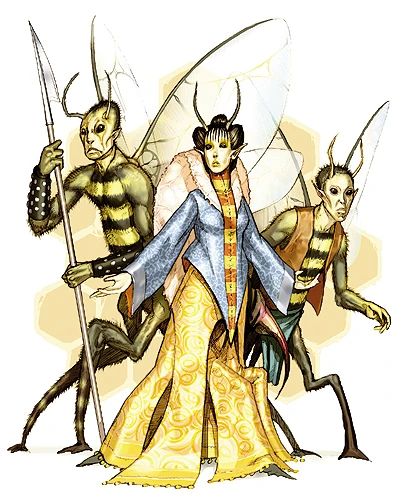
DISCUSSING
In the Shadow of the Spire – Session 42B: False Brothels
With the other mothers still trapped in the web. Tee was able to broker a bargain in which they would be freed if one of them would lead the party to the southern sewer entrance. While the mothers were carefully freed from the web, Tor started discreetly taking ears and fingers from the dead as trophies. Meanwhile, Elestra distracted the ratlings with small talk to keep them from noticing Tee looting the coffers of the nest master (which were filled with gems, jewelry, and large amounts of coin; although given the bones and skulls dangling from the ceiling, Tee didn’t want to spend too much time thinking about where it had all come from).
A surprisingly frequent critique of xandering the dungeon is that navigational choice in a dungeon is irrelevant because, when confronted with Path A and Path B, the players will have no way of knowing where either path goes. Since the choice is blind, the “logic” goes, the choice is meaningless and no different than a linear dungeon!
This entire concept is so utterly alien to my experience running dungeons that I honestly have difficulty understanding what’s happening at these tables. I try to imagine a session in which the players are repeatedly making these navigational choices without ANY insight or reason and I literally can’t fathom what it would look like. It would seem to require both the GM and the players to deliberately go out of their way to make it happen.
Let’s start with the GM. It’s a common rejoinder to the “it’s all blind choices!’ gambit that it’s the GM’s responsibility to fill the dungeon with navigational hints like:
- strange sounds emanating from a passage
- physical evidence (e.g., tracks, blood smeared on the walls)
- treasure maps or similar intel
- navigational cues used by the inhabitants (e.g., signs or runes)
This isn’t bad advice. Any dungeon will certainly be improved by including this kind of stuff. Plus, if you’re designing your dungeon as a real place filled with history and life, this stuff will just naturally find its way into your dungeon key.
But I’m a pretty big believer in RPGs as a collaborative activity, and I’ve grown pretty skeptical of design philosophies that position the GM as the sole bearer of responsibility for the group’s experience. In practice, it’s just not necessary for the GM to lard up every crossroads with clues in order for the navigational choice to have meaningful context.
For example, a pillar of old school dungeon design is that the further down you go, the more deadly the challenges become (and the larger the rewards). Even in the absence of this classic design conceit, “going deeper into enemy territory is more dangerous” is going to be generally true just as a situational truism. (Particularly if the bad guys are being played as an active opposition and not just XP pinatas waiting for the PCs to kick down their door.)
Obviously, this principle won’t apply to every dungeon, but there are other diegetic cues that emerge from even the most cursory understanding of what’s happening and where you are. For example, “Should we finish clearing out this tower first or make a beeline for the central ziggurat?” or “Should we chase those goblins that ran away before they can reach reinforcements or should we move to a completely different sector of the dungeon to avoid pursuit?”
Similarly, if the PCs choose to “always go right,” that’s a meaningful navigational choice, as are other maze-solving techniques.
All of these provide a broad context for the players that can meaningfully guide navigational decisions even if they lack all other knowledge about the dungeon.
That lack of more specific knowledge should also be considered, however, because even if the PCs end up faced with a navigational choice for which they truly have no information, that only makes the choice meaningless if they ALSO lack the ability to gain that information. As long as they have that ability, the choice to NOT get that information is, in fact, a meaningful choice in itself.
And the truth is that, even without the GM seeding specific hints and clues into the adventure, the players have ample opportunities to gather the information they need.
Let’s start with the ubiquitous opportunities for interrogation. Almost anyone you can fight, you can also hold at sword point and demand answers from. “Which way to the lair of Bartox One-Eye?”
Note: This is a good place to mention that if you, as the GM, don’t want to bear sole responsibility for force-feeding information to your players, then you also need to make sure you’re not blocking the players from taking that responsibility. An occasional henchmen biting down on a cyanide capsule is all well and good, but if you teach the players that they ALWAYS bite down on cyanide capsules and they should never waste time trying to gain actionable intelligence, then you’ll have needlessly flattened — and perhaps even crippled — your game.
Even if there are no bad guys they can question, you can often just ask the gods. D&D comes well-stocked with divination spells that can be used to glean information about the dungeon. Augury, for example, is a 2nd-level spell and I’ve often seen it make the difference between life and death.
Then there’s literally just physically scouting your options. From a central junction you can go left, take a peek around, then come back, go right, and poke around a little more. With information about both options in hand, you can figure out which direction seems the most promising and/or least dangerous.
Often, though, you don’t even need to personally go and check things. Given what you’ve already discovered about a dungeon, it’s often not difficult to use logical induction to make informed choices. For example, “We know the kobold warrens are in that direction, so it’s likely this tunnel will also lead us to them.”
You’ll also obviously have navigational information if you’re revisiting a location. This might be because you’re mounting a fresh expedition into the dungeon after returning to town or taking a long rest. It might be because you’ve been repelled by the kobolds and are trying to figure out a way around them.
You can also see from this how these different methods of gathering information can combine and reinforce each other: If you’ve previously been repelled by a kobold stronghold and encounter a small force of koblds while physically scouting, you can easily conclude that this passage must also be connected to that stronghold somehow. This conclusion would only be reinforced if, consulting your maps, you can see it’s also heading in the direction of that stronghold. This might prompt you to cast speak with dead and question one of the dead kobolds, which could lead to you learning that the passage does lead to the stronghold, but via a rear entrance which is only lightly guarded. Do you use this information to mount a fresh assault on the kobolds or choose a different path and avoid them?
What we’re beginning to touch on here is the dungeon as both a tactical and strategic battlefield. I’ve previously talked about Dungeon as a Theater of Operations, and once you start thinking of the dungeon experience in this more holistic fashion it’s easy to see how it can inform almost any navigational decision the PCs are making.
AN IMPERFECT WORLD
It should be noted, though, that the goal of all this is generally not for the PCs to end up with a perfect understanding of the dungeon. That might happen occasionally, but it’s not to be expected and, even if it does happen, it’s likely to pass quickly (as the PCs’ information becomes dated or irrelevant).
Sometimes your educated guesses don’t turn out right. And that’s just fine. Desirable, even.
It turns out that one of the key ways you can distinguish choice from calculation is through imperfect information. And these choices — rather than calculations — are the heart and soul of meaningful gameplay.
You can see an example of what it looks like when the PCs have made a mistake in the current campaign journal. The PCs have formed a goal (find an underground entrance to Porphyry House) and are actively pursuing it. You can see that they’ve engaged in a bunch of the different information-gathering techniques we’ve discussed:
- They’ve found maps.
- They’ve interrogated prisoners.
- They’ve used inductive reasoning to figure out where various passages are likely to lead.
The only problem?
Elestra flung open the shutters on a nearby window… and looked out over the Southern Sea. They were on the coast cliffs deep within the Warrens. Far from Porphyry House.
They retreated back to the sewer, retraced their path, and used the kennel rat to take the sewer route they hadn’t chosen before. The rat brought them to another tunnel leading away from the sewer proper, and although this one bore no resemblance to the work of Ghul, they sought out the nearest sewer entrance, poked their heads into the street above… and concluded that this wasn’t Porphyry House either.
In utter frustration at the time they had wasted, they left the sewers altogether and decided to head straight to Porphyry House’s front door.
The route to Porphyry House that they concluded must exist… doesn’t. Whoops.
But that’s OK. The choices they made along the way were still meaningful. They still led to interesting adventures. And, at every step along the way, the PCs were continuing to gather information and feeding that information back into their choices (both navigational and otherwise).
Campaign Journal: Session 43A – Running the Campaign: It’s Gotta Be Here!
In the Shadow of the Spire: Index

















